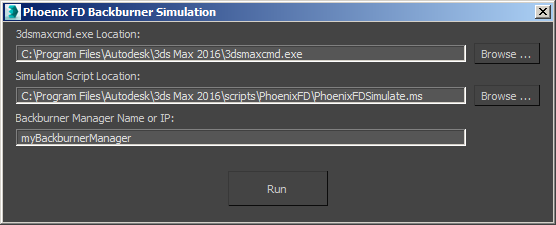

Note that if you run Bacburner as a service you need to make sure you use the username that is configured for that service, not the user name you're logged in as. C:\\ \\Local Settings\\Application Data\\backburner\\.C:\\Documents and Settings\\ \\AppData\\Local\\backburner\\.C:\\Program Files (x86)\\Autodesk\\Backburner\\Network\\.C:\\Program Files\\Autodesk\\Backburner\\Network\\.The file is stored in one of the following folders (depending on OS and Bacburner versions): To make sure you don't run into this make sure you remove the file before you create an image of the machine.
Autodesk backburner render farm mac#
The solution is quite simple: remove the backburner.xml file, the file will be created the next time Backburner is started on the machine, it then uses the MAC address of the actual machine. At any given time only one machine is active. But when the second server connects to the Backburner manager it replaces the first machine, when the third server connects to the Backburner manager it replaces the second machine, etc. The first machine connects to the Backburner manager without problems. If the machines were cloned with the backburner.xml file present they will all use the same unique identifier. Normally that's not a problem as the MAC address is unique (if not you'll have interesting network problems.) and it's therefore fine to use that as a unique identifier. xml file and is used as a unique identifier when communicating with the Backburner manager. When you run Backburner the MAC address is read from the. Backburner creates the backburner.xml configuration file when it's first run and writes the MAC address of the machine to that file.

This will happen if you've ran Backburner once and then cloned that image to the other machines. When you set up a Bacburner render farm or add additional machines you find that only one of the (new) machines is visible in the Backburner Manager.


 0 kommentar(er)
0 kommentar(er)
